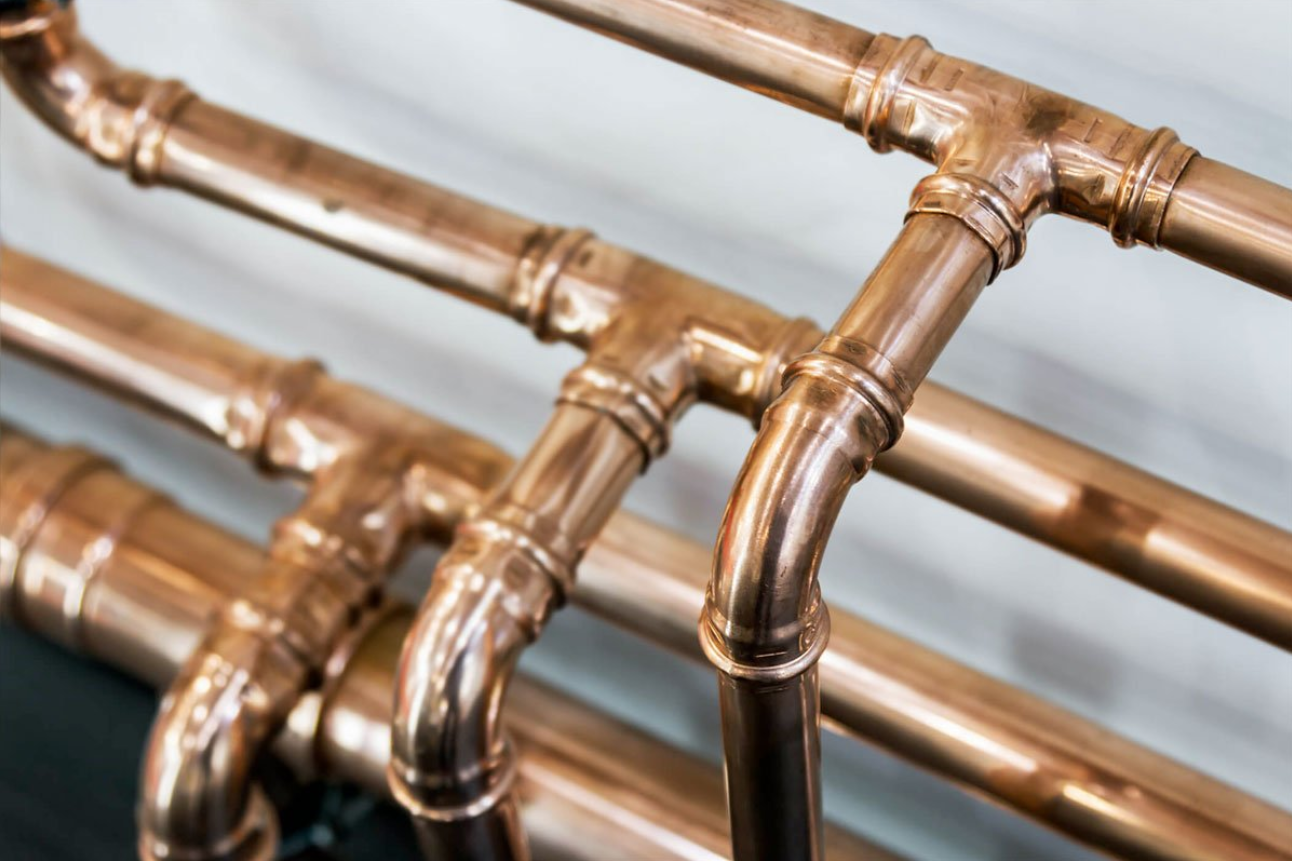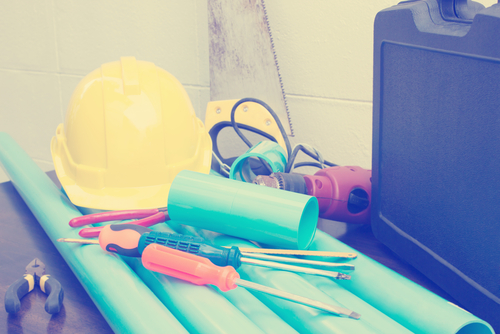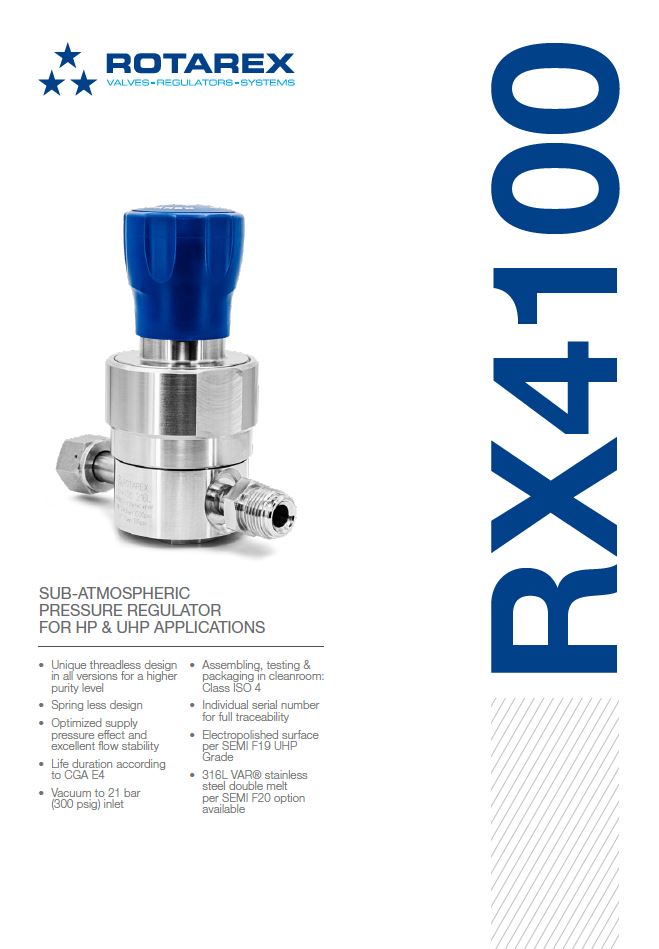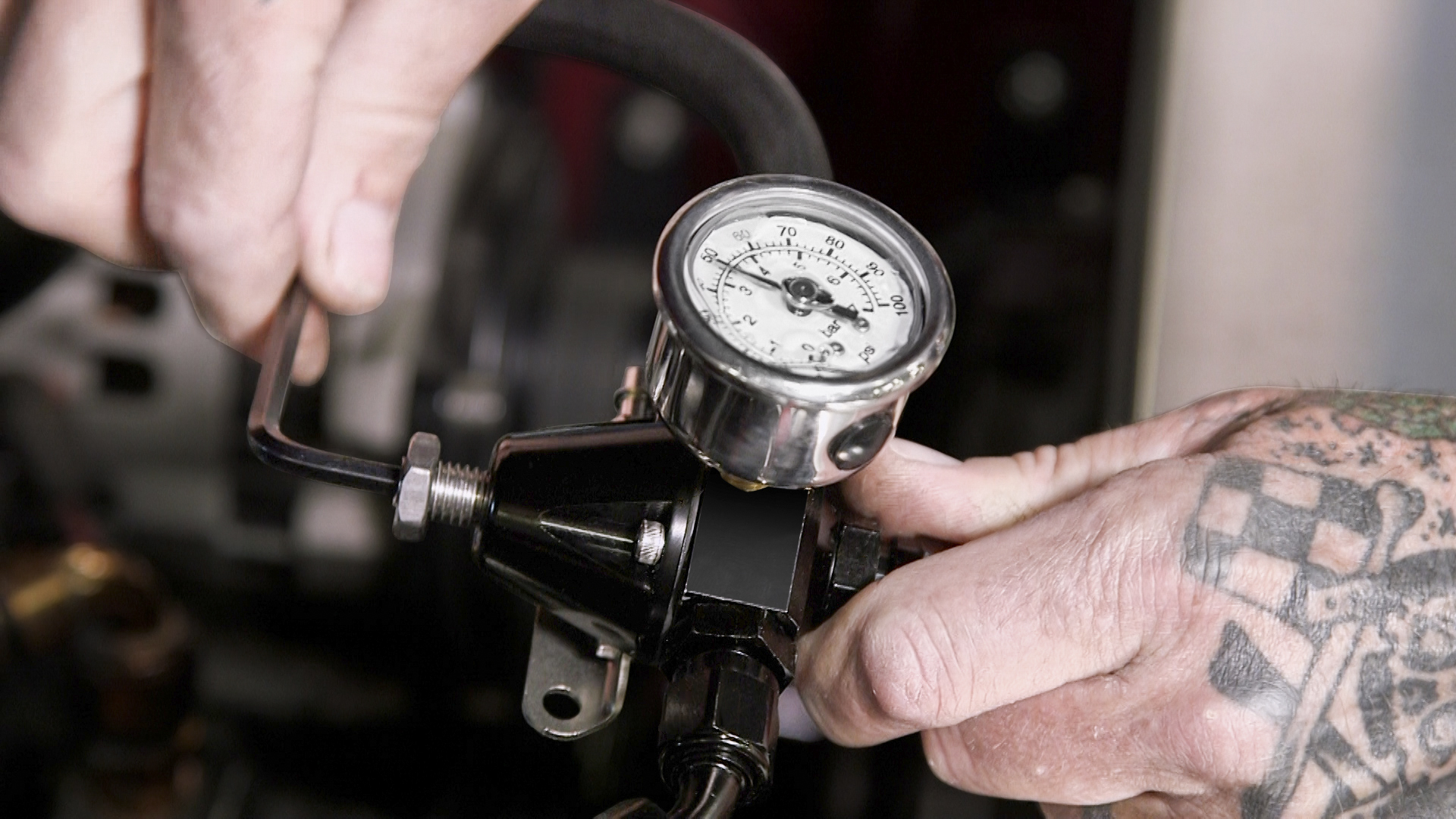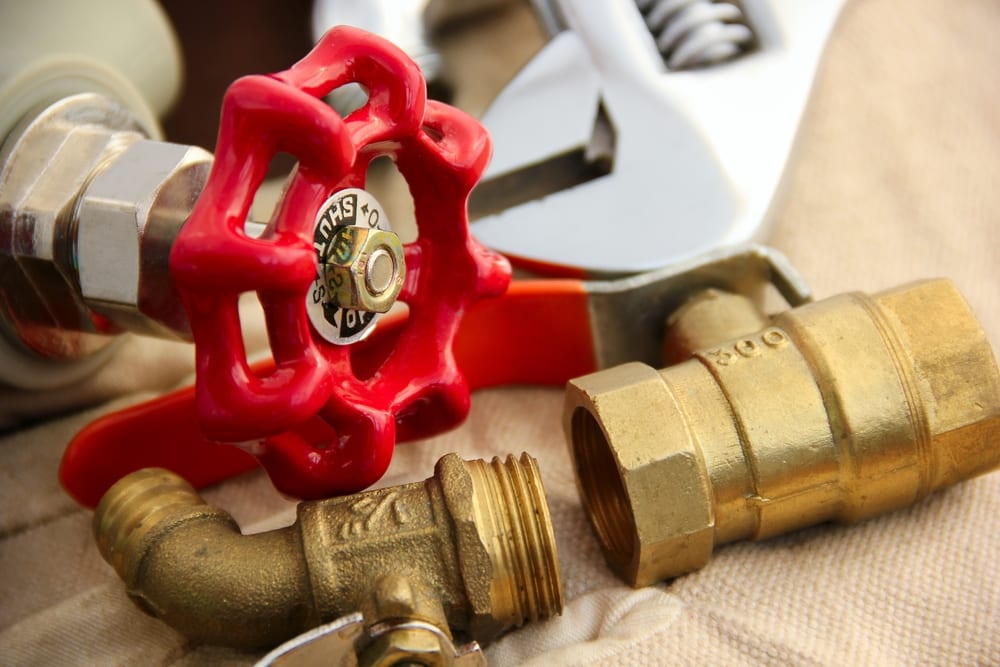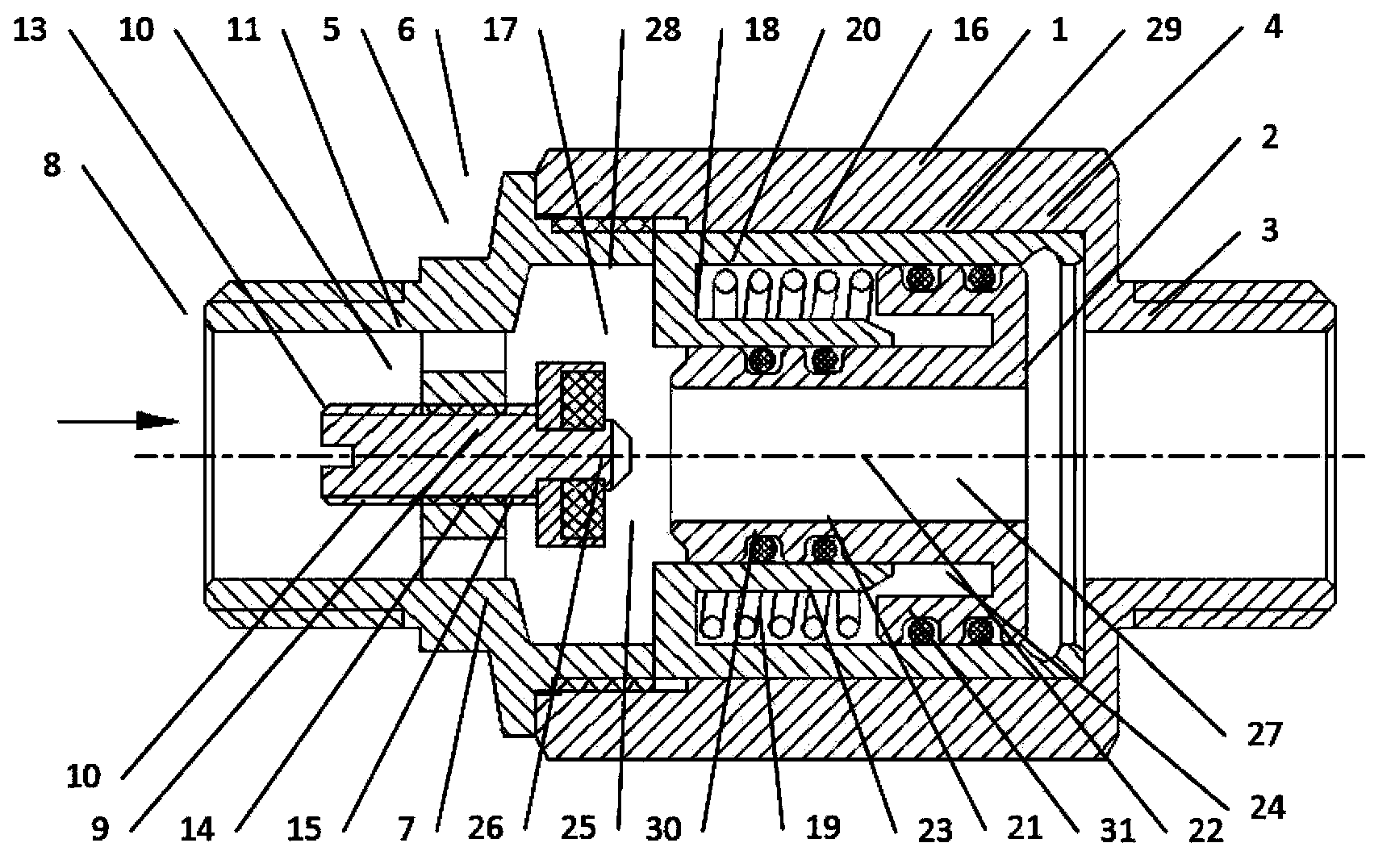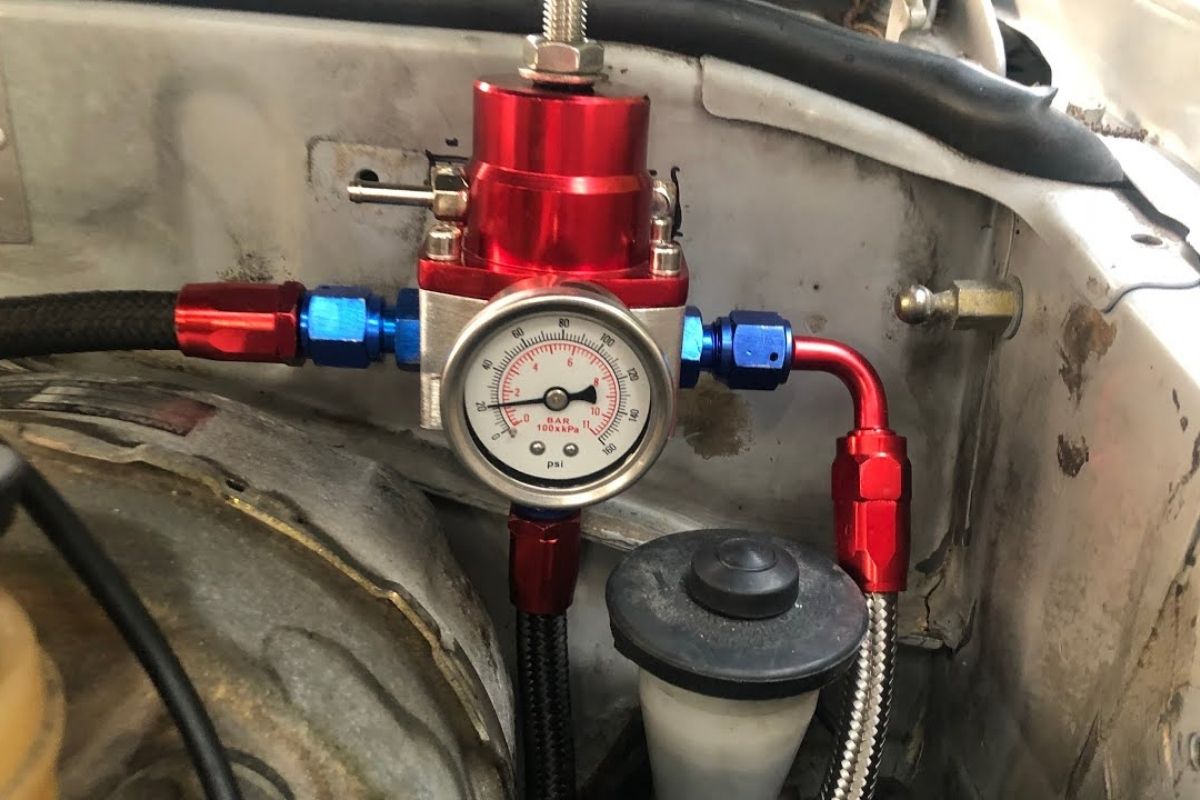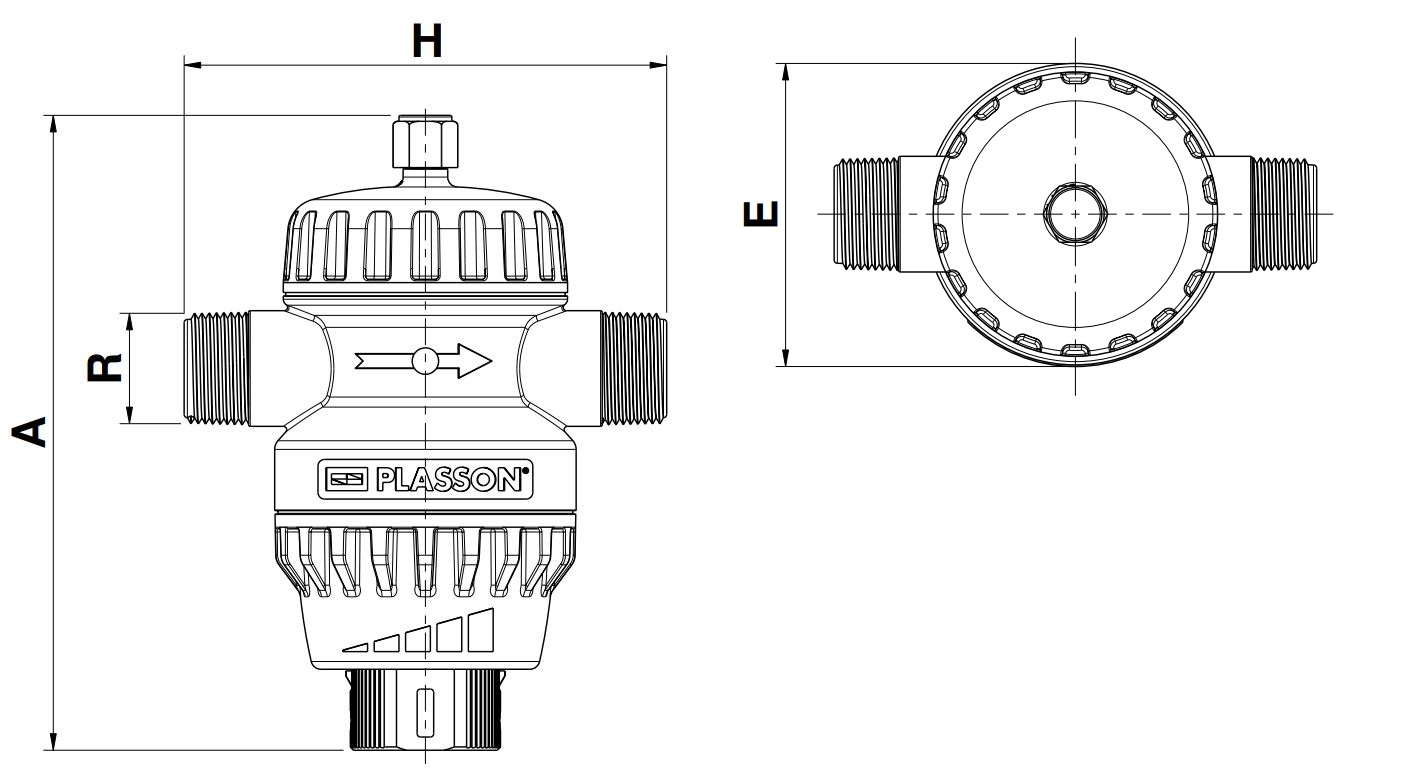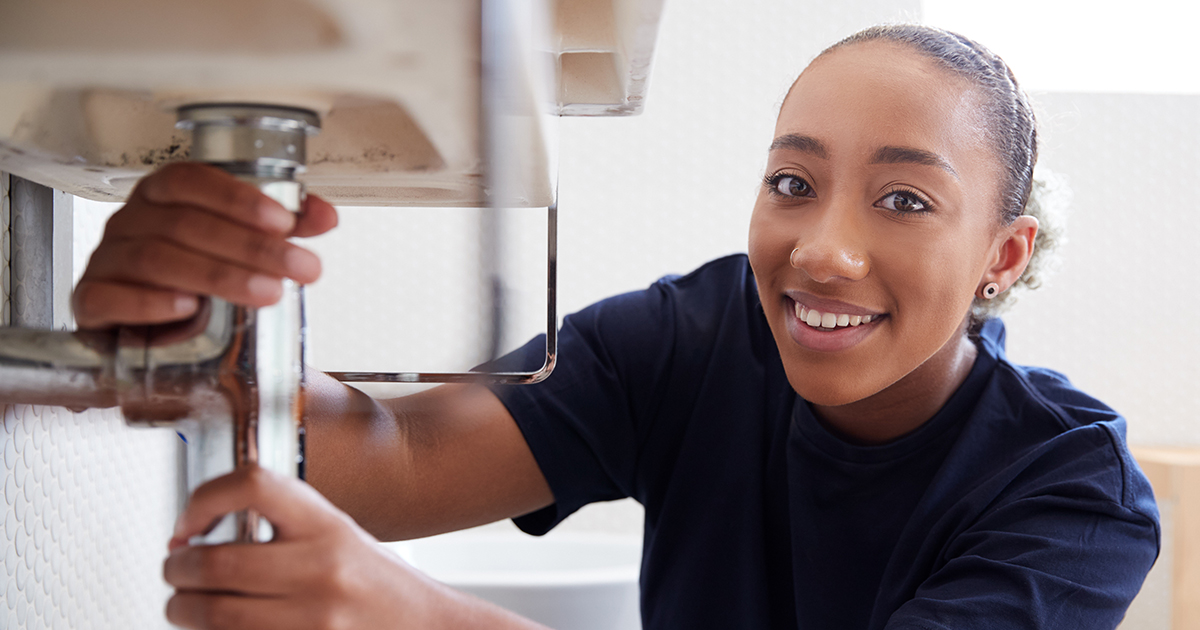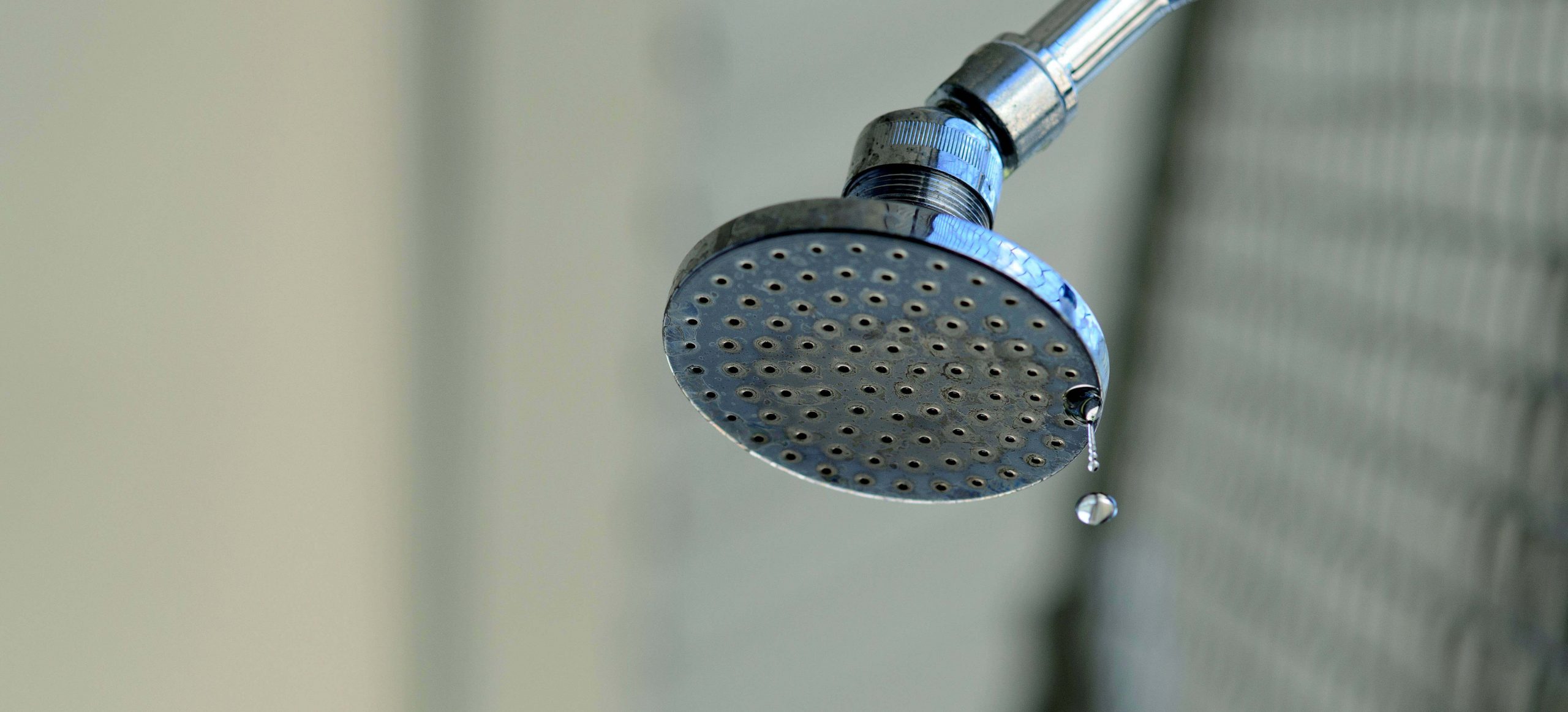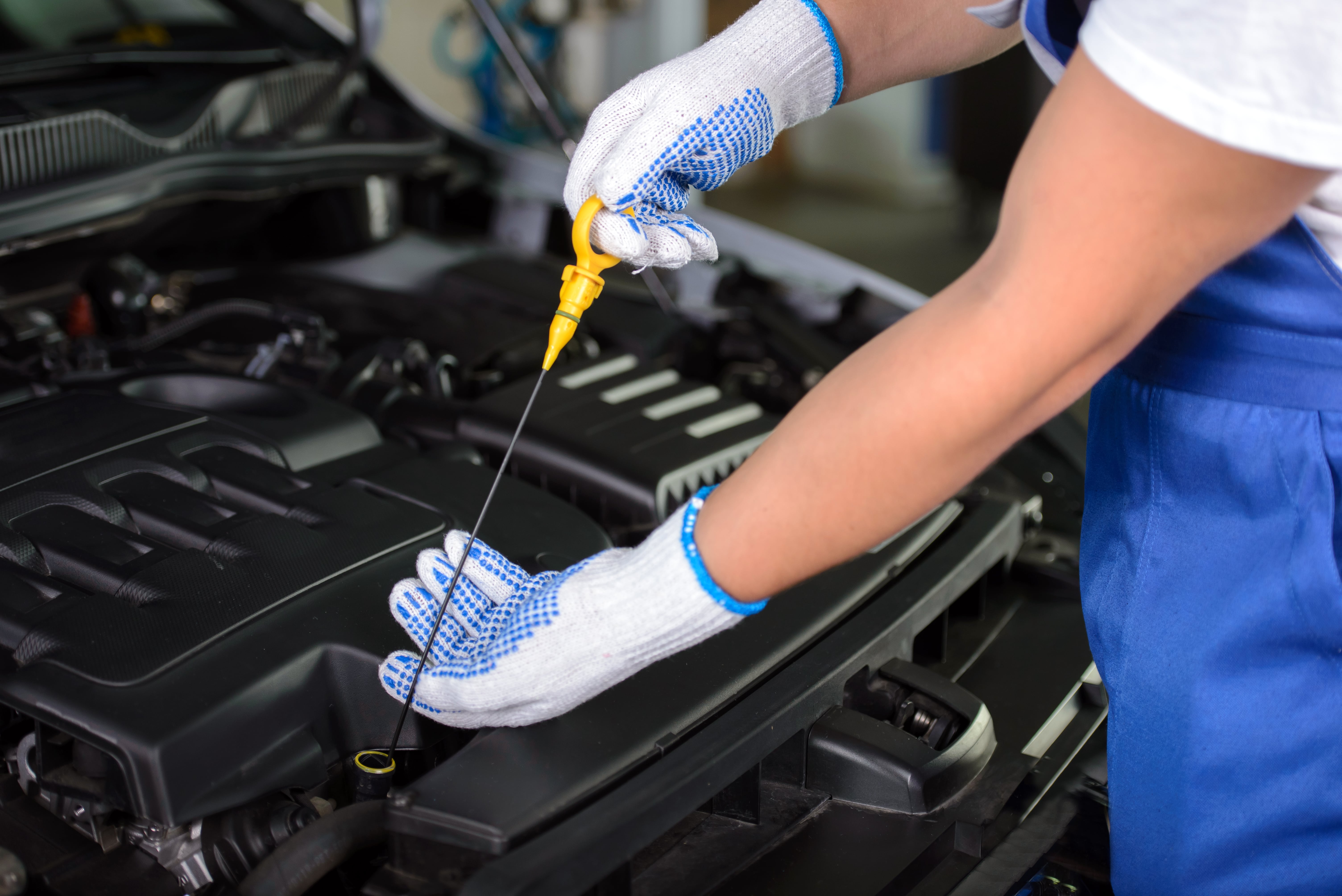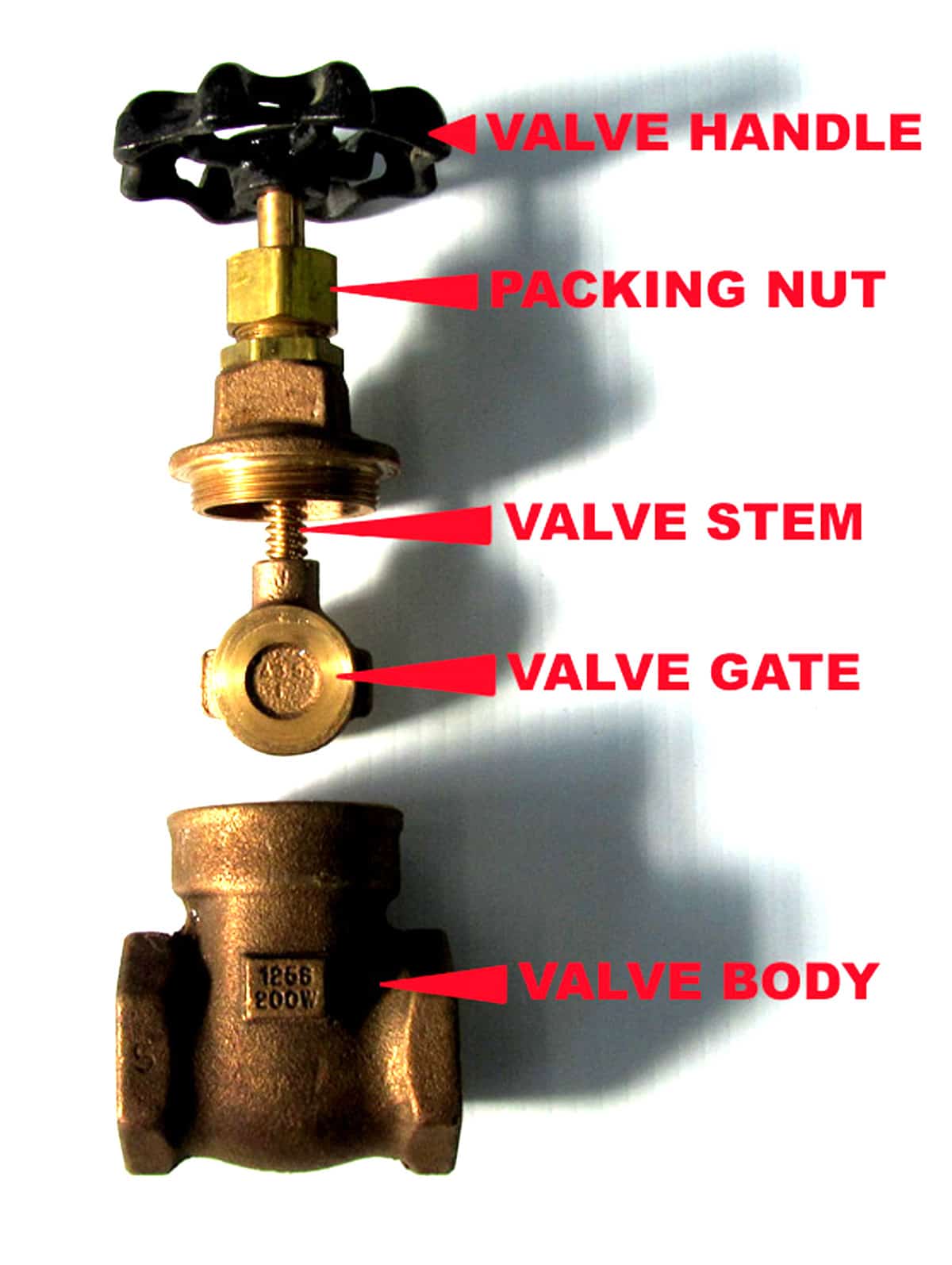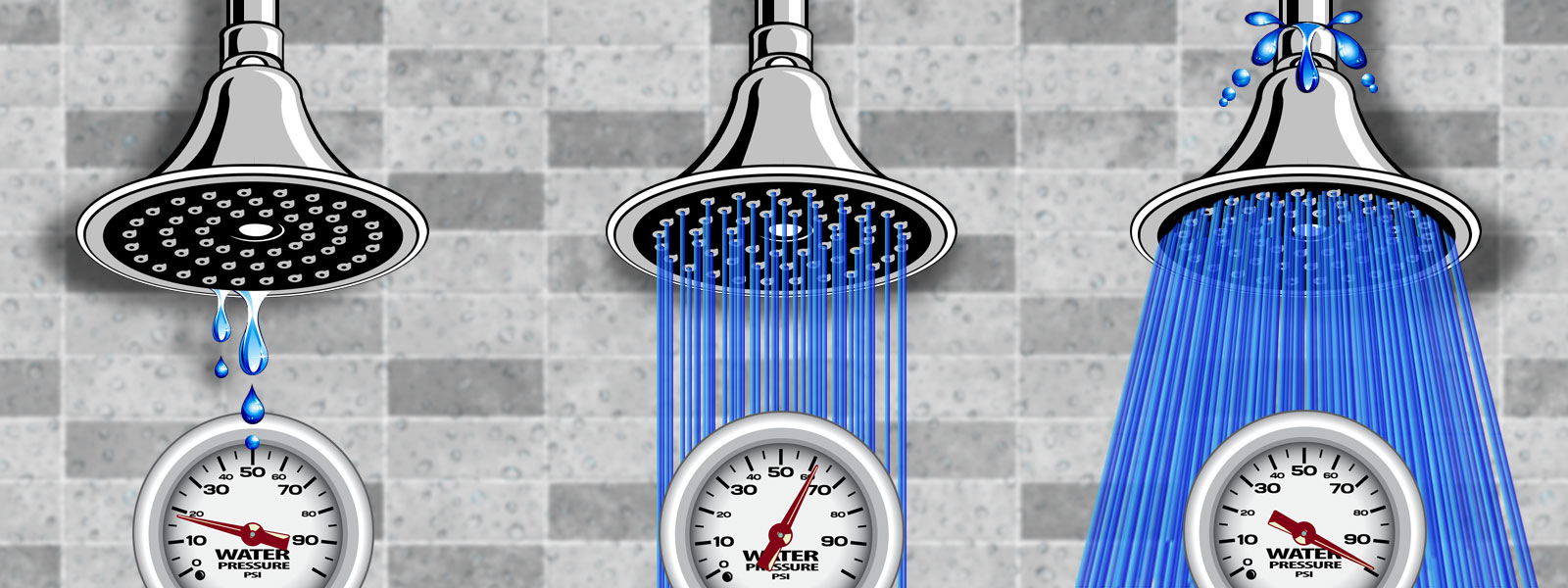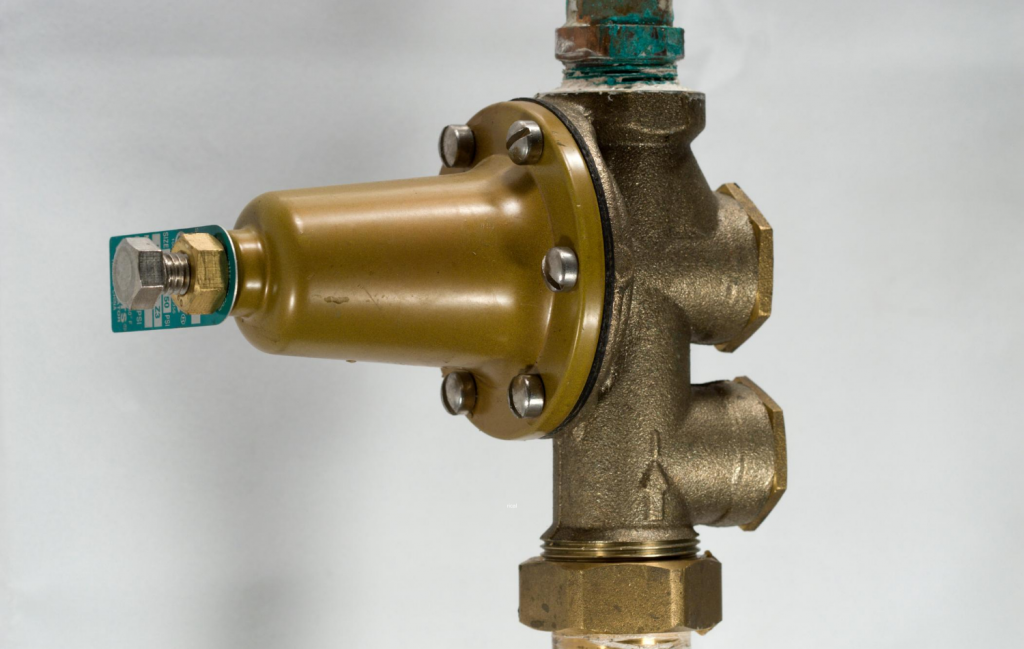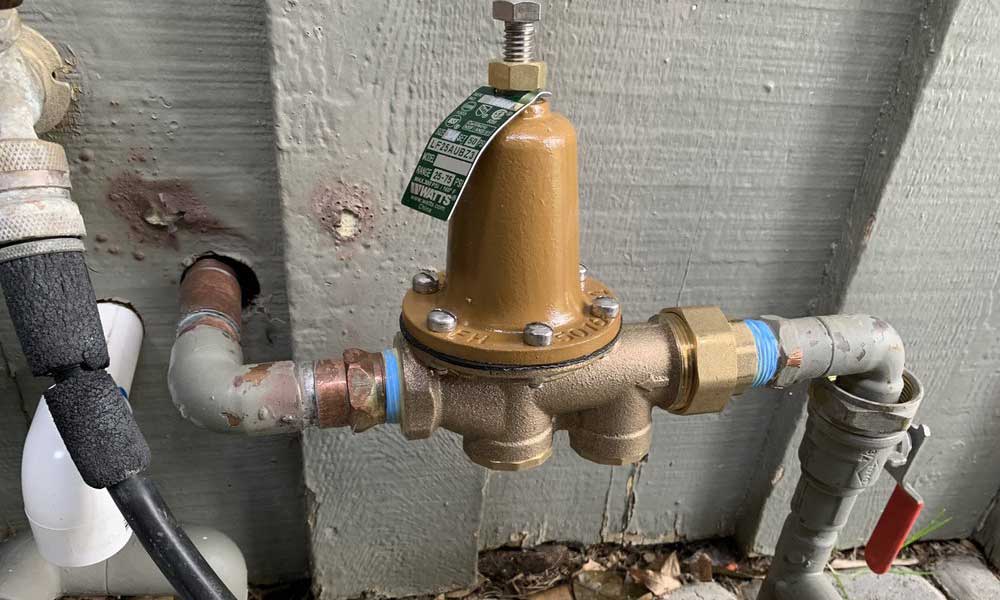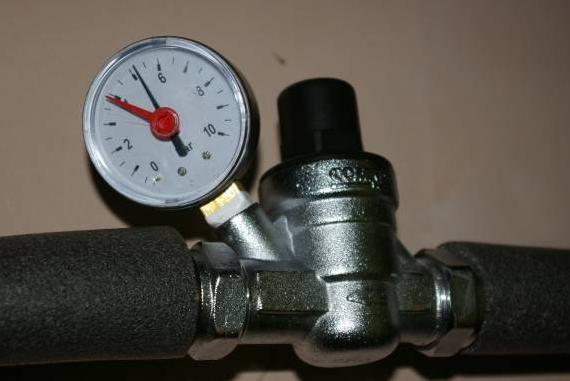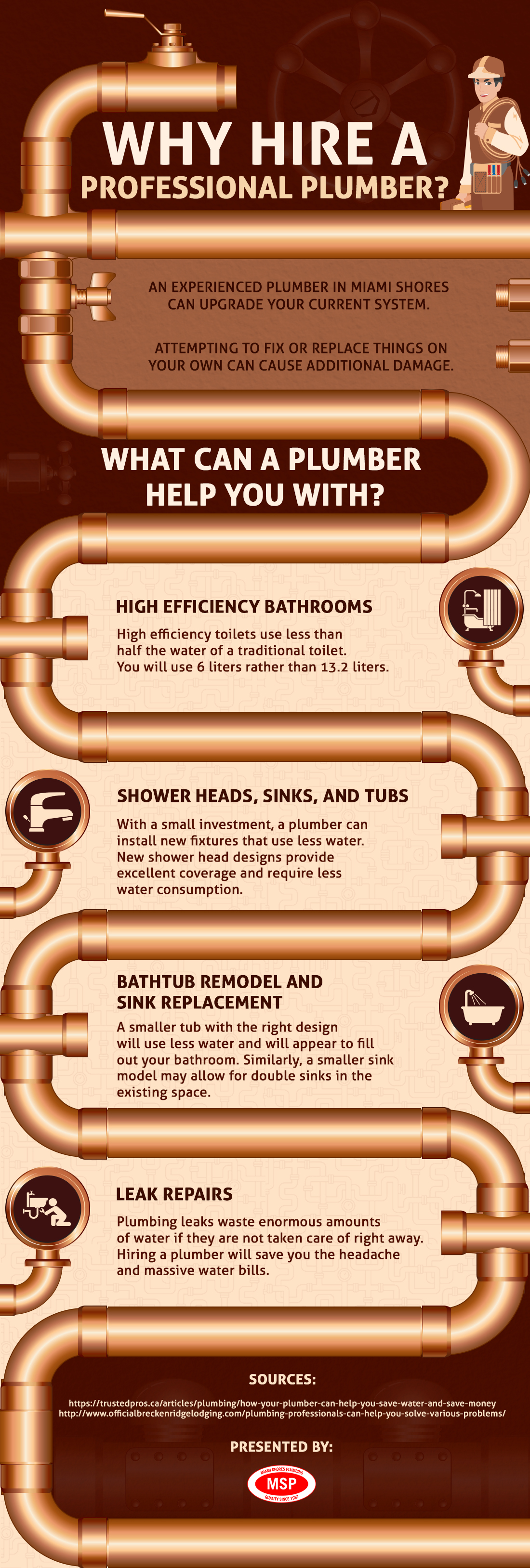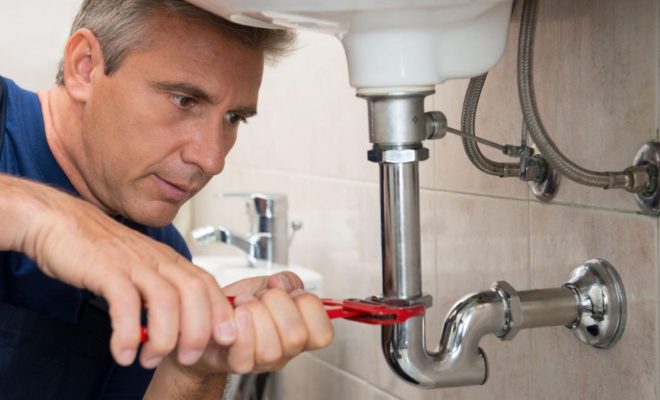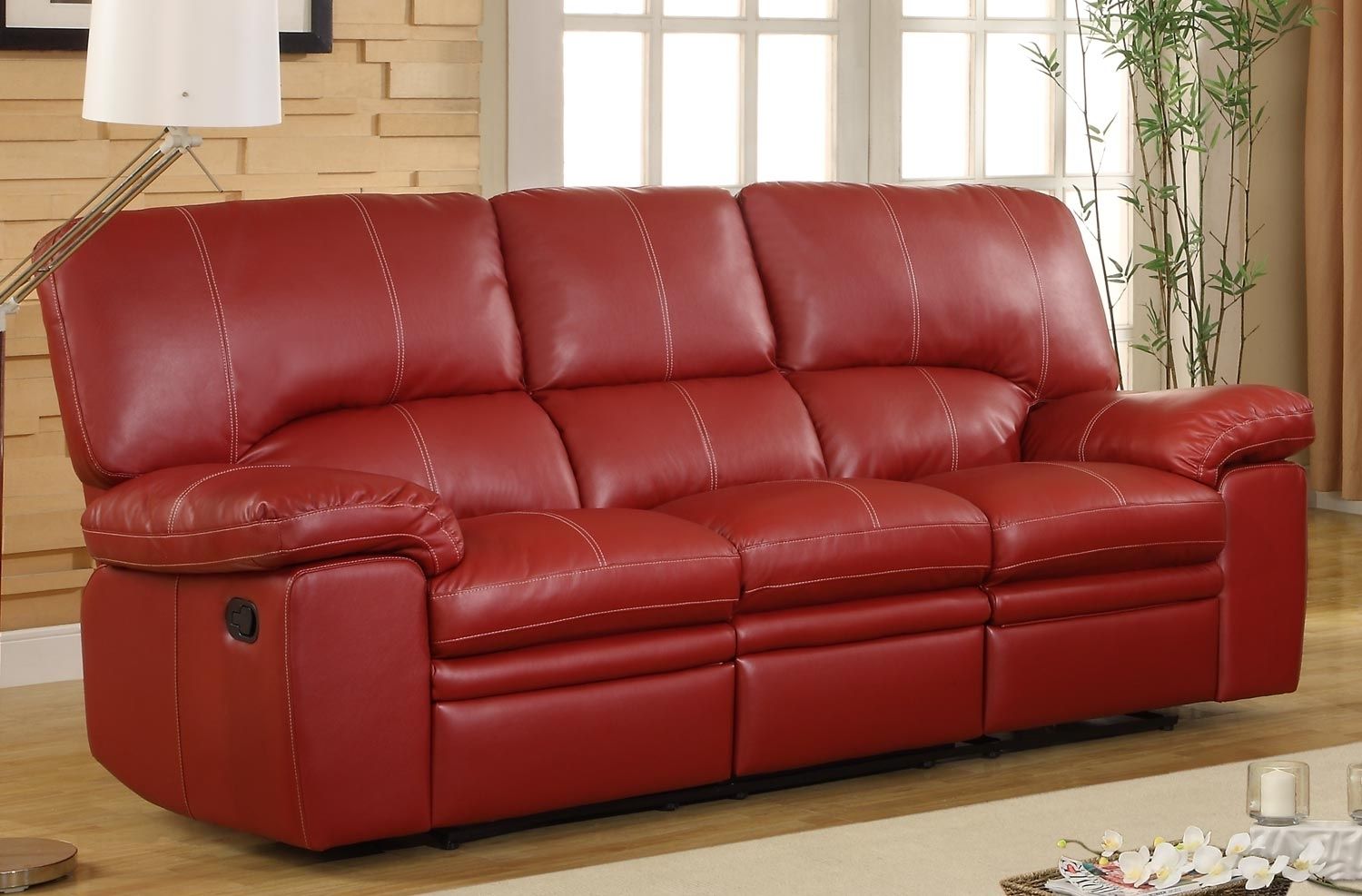If you're experiencing low water pressure in your kitchen sink, the first thing you should do is check the water supply valve. This valve controls the flow of water into your home and if it's not fully open, it can restrict the water pressure. Make sure the valve is fully open and if it isn't, turn it clockwise to open it up.1. Check the water supply valve
The aerator is a small screen located at the end of your faucet. Over time, it can become clogged with mineral deposits and debris, causing a decrease in water pressure. To clean it, unscrew it from the faucet and soak it in a mixture of equal parts water and vinegar for 30 minutes. Rinse it off and reattach it to the faucet.2. Clean the aerator
If cleaning the aerator doesn't improve water pressure, it may be time to replace it. Aerators are inexpensive and can easily be found at your local hardware store. Be sure to choose the correct size for your faucet and screw it on tightly.3. Replace the aerator
Clogs in the pipes can also cause low water pressure. You can check for clogs by turning off the water supply and disconnecting the pipes under the sink. Use a small brush or wire to remove any debris or buildup. Once the pipes are clear, reattach them and turn the water supply back on.4. Check for clogs in the pipes
If your home has low water pressure in general, you may want to consider installing a water pressure booster. This device connects to your main water supply and increases the pressure before it reaches your faucets. It's important to have a professional install this to ensure it is done correctly.5. Install a water pressure booster
Old, corroded pipes can also be the cause of low water pressure. Over time, pipes can become clogged with mineral deposits and rust, restricting the flow of water. If your home has older pipes, it may be time to replace them to improve water pressure.6. Replace old pipes
A pressure regulator is a device that controls the water pressure in your home. If your water pressure is consistently too high, a pressure regulator can help regulate it to a more manageable level. Again, it's important to have a professional install this to ensure it is done correctly.7. Install a pressure regulator
Leaky pipes can also cause low water pressure. Check for any visible leaks in the pipes under your sink or in the walls. If you find a leak, it's important to have it repaired as soon as possible to prevent further damage and improve water pressure.8. Check for leaks
If you're comfortable doing so, you can also adjust the water pressure at the main valve. Locate the main water supply valve, which is typically located near your water meter. Using a wrench, turn the valve clockwise to increase the water pressure or counterclockwise to decrease it. Be sure to make small adjustments and check the water pressure at your kitchen sink after each turn.9. Adjust the water pressure at the main valve
If you've tried all of the above and are still experiencing low water pressure in your kitchen sink, it's time to call a professional plumber. They have the expertise and tools to diagnose and fix any underlying issues that may be causing the low water pressure. It's important to address the issue promptly to prevent any further damage or inconvenience.10. Call a plumber for professional help
Increase Water Pressure in Your Kitchen Sink for a Better Functioning Home

Why is Water Pressure Important in the Kitchen?
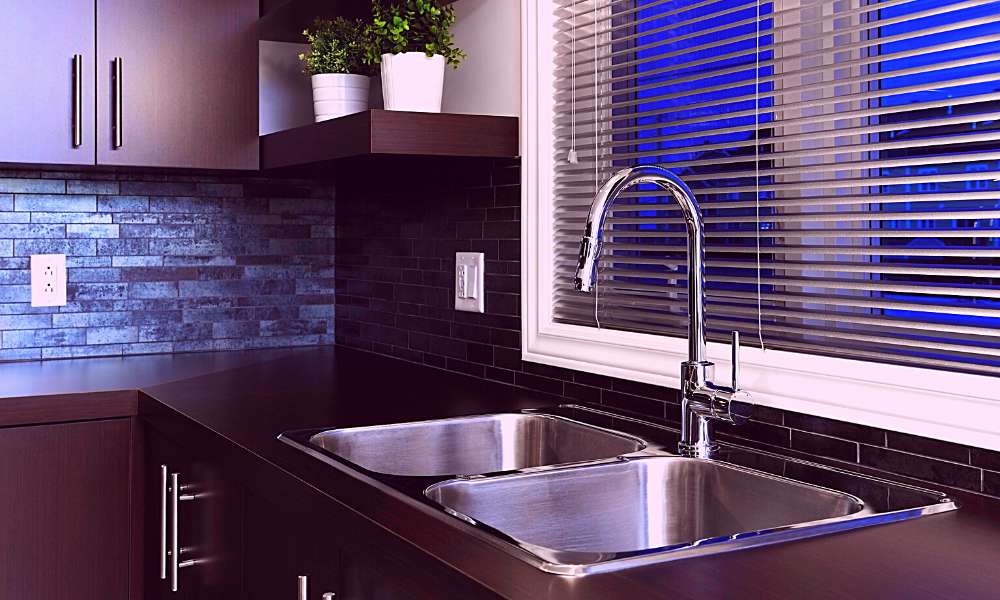 When it comes to household tasks, having adequate water pressure in your kitchen sink is crucial. From washing dishes to filling pots, having a strong flow of water makes these tasks more efficient and less time-consuming. However, if you're experiencing low water pressure in your kitchen sink, it can be frustrating and can even lead to an unsanitary kitchen. That's why it's important to know how to increase water pressure in your kitchen sink for a better functioning home.
When it comes to household tasks, having adequate water pressure in your kitchen sink is crucial. From washing dishes to filling pots, having a strong flow of water makes these tasks more efficient and less time-consuming. However, if you're experiencing low water pressure in your kitchen sink, it can be frustrating and can even lead to an unsanitary kitchen. That's why it's important to know how to increase water pressure in your kitchen sink for a better functioning home.
Identify the Cause of Low Water Pressure
 Before taking steps to increase the water pressure in your kitchen sink, it's important to identify the root cause of the issue. Low water pressure can be caused by a variety of factors, such as clogged pipes, a faulty faucet, or a malfunctioning water pressure regulator.
It's important to address the underlying issue in order to effectively increase the water pressure in your kitchen sink.
If you're unsure of the cause, it's best to consult a professional plumber who can diagnose and fix the problem.
Before taking steps to increase the water pressure in your kitchen sink, it's important to identify the root cause of the issue. Low water pressure can be caused by a variety of factors, such as clogged pipes, a faulty faucet, or a malfunctioning water pressure regulator.
It's important to address the underlying issue in order to effectively increase the water pressure in your kitchen sink.
If you're unsure of the cause, it's best to consult a professional plumber who can diagnose and fix the problem.
Check for Clogged Pipes and Faucets
 One of the most common causes of low water pressure in the kitchen sink is clogged pipes or faucets. Over time, mineral deposits and debris can build up in the pipes and faucets, restricting the flow of water.
To address this issue, you can try using a pipe-cleaning solution or removing the faucet aerator and soaking it in vinegar to dissolve any buildup.
If this doesn't improve the water pressure, it may be necessary to replace the pipes or faucet altogether.
One of the most common causes of low water pressure in the kitchen sink is clogged pipes or faucets. Over time, mineral deposits and debris can build up in the pipes and faucets, restricting the flow of water.
To address this issue, you can try using a pipe-cleaning solution or removing the faucet aerator and soaking it in vinegar to dissolve any buildup.
If this doesn't improve the water pressure, it may be necessary to replace the pipes or faucet altogether.
Adjust the Water Pressure Regulator
 Another potential cause of low water pressure is a malfunctioning water pressure regulator. This device is responsible for controlling the flow of water into your home and if it's not functioning properly, it can result in low water pressure.
You can try adjusting the water pressure regulator by turning the screw located on top of the valve. However, it's best to consult a professional if you're unsure of how to do this properly.
Another potential cause of low water pressure is a malfunctioning water pressure regulator. This device is responsible for controlling the flow of water into your home and if it's not functioning properly, it can result in low water pressure.
You can try adjusting the water pressure regulator by turning the screw located on top of the valve. However, it's best to consult a professional if you're unsure of how to do this properly.
Install a Booster Pump
 If the above steps don't improve the water pressure in your kitchen sink, you may want to consider installing a booster pump. This device is designed to increase the water pressure in your home and can be installed on your main water line or directly on the kitchen sink faucet.
Installing a booster pump can be a more costly solution, but it can significantly improve the water pressure in your kitchen sink and throughout your home.
If the above steps don't improve the water pressure in your kitchen sink, you may want to consider installing a booster pump. This device is designed to increase the water pressure in your home and can be installed on your main water line or directly on the kitchen sink faucet.
Installing a booster pump can be a more costly solution, but it can significantly improve the water pressure in your kitchen sink and throughout your home.
In Conclusion
 Having adequate water pressure in your kitchen sink is essential for a well-functioning home. By identifying the cause of low water pressure and taking the necessary steps to address it, you can improve the efficiency and convenience of your kitchen tasks. Whether it's clearing clogged pipes or installing a booster pump,
increasing water pressure in your kitchen sink is an investment that will benefit your home in the long run.
Having adequate water pressure in your kitchen sink is essential for a well-functioning home. By identifying the cause of low water pressure and taking the necessary steps to address it, you can improve the efficiency and convenience of your kitchen tasks. Whether it's clearing clogged pipes or installing a booster pump,
increasing water pressure in your kitchen sink is an investment that will benefit your home in the long run.






:max_bytes(150000):strip_icc()/GettyImages-1057621140-78ab2e946841421d9a7efeebe02935d2.jpg)
:max_bytes(150000):strip_icc()/water-shut-off-valve-types-2718739-01-b1e2d725b53447a2abc9ac511f7e5da7.jpg)
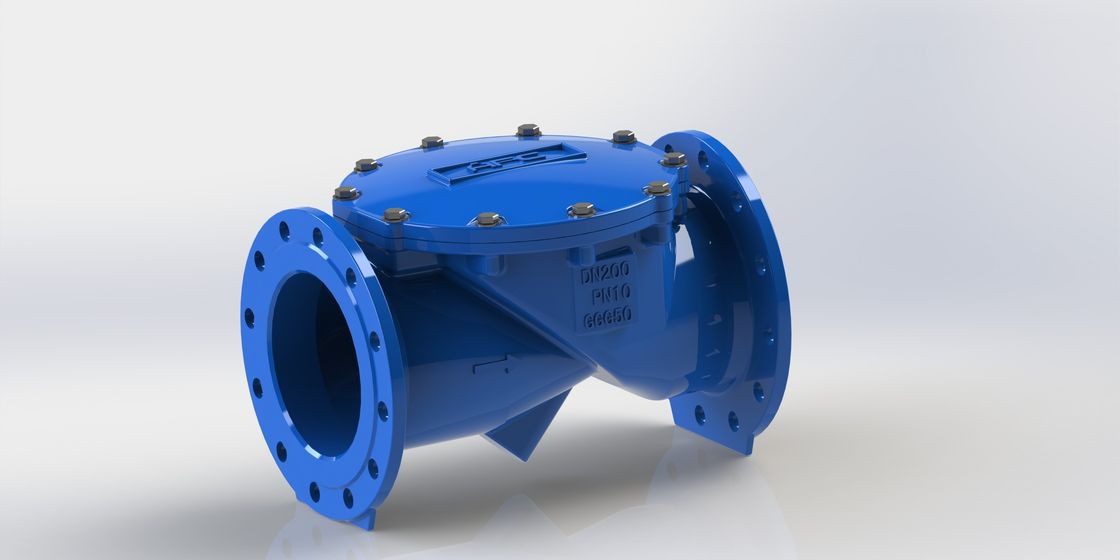




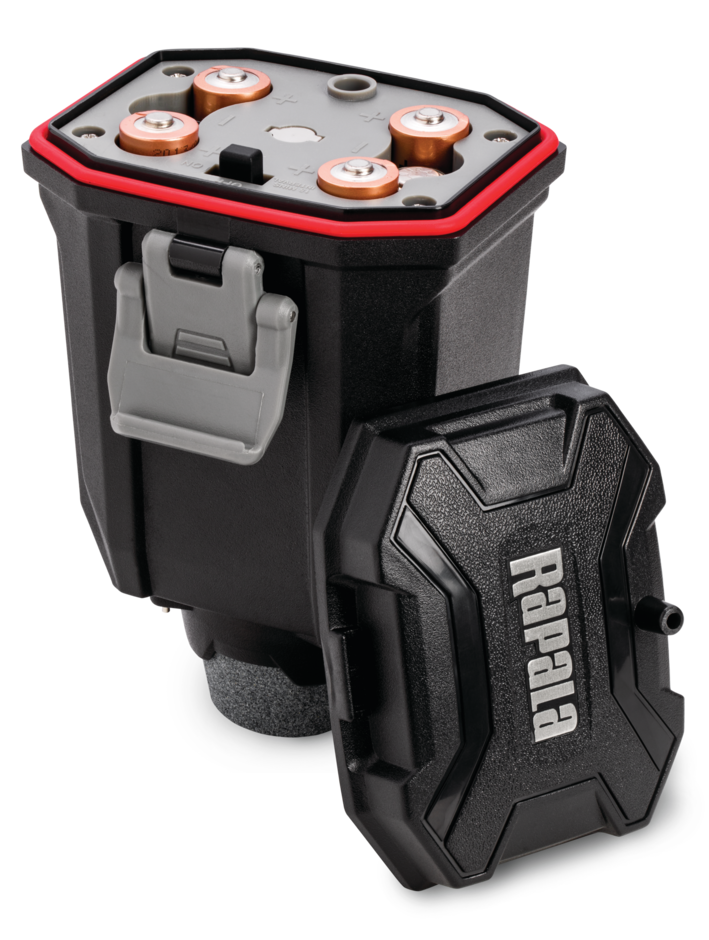






:max_bytes(150000):strip_icc()/clearing-a-blocked-faucet-aerator-2718807-07-b5a90554991f4bb69efb45a472df7f23.jpg)
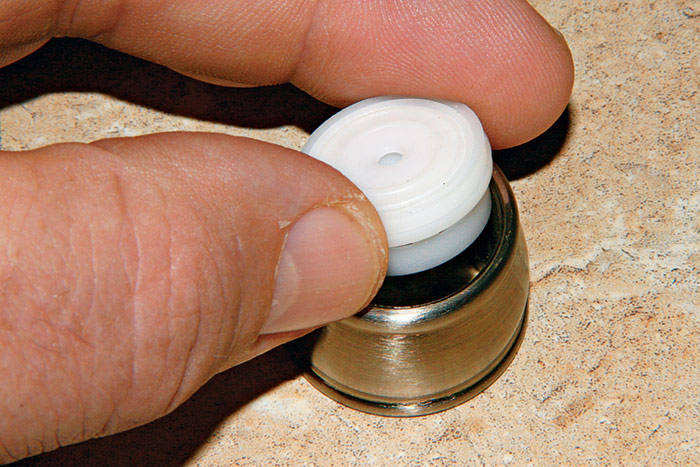
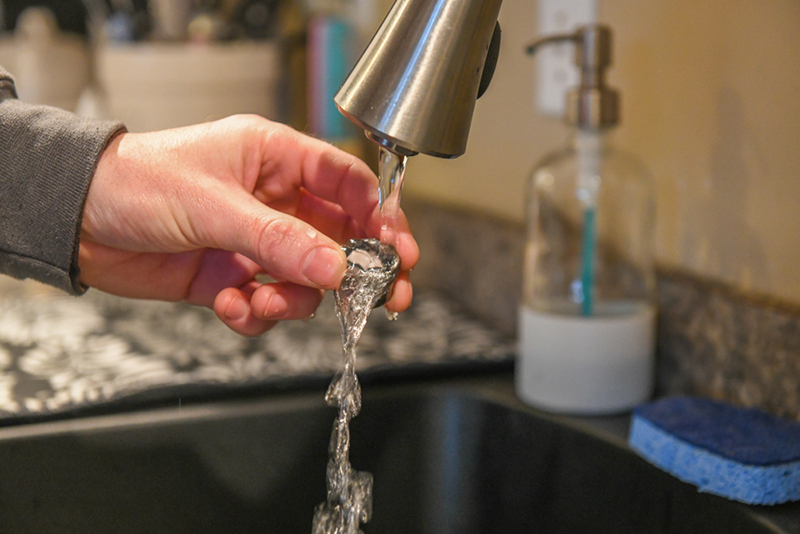




/RemovingAeratorAssembly-99881d30169b43cebc3fe72f6d4b25b9.jpg)





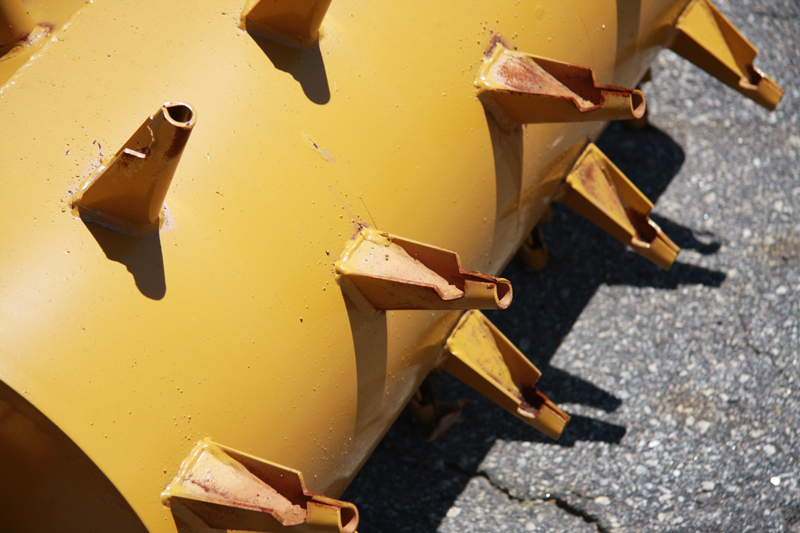



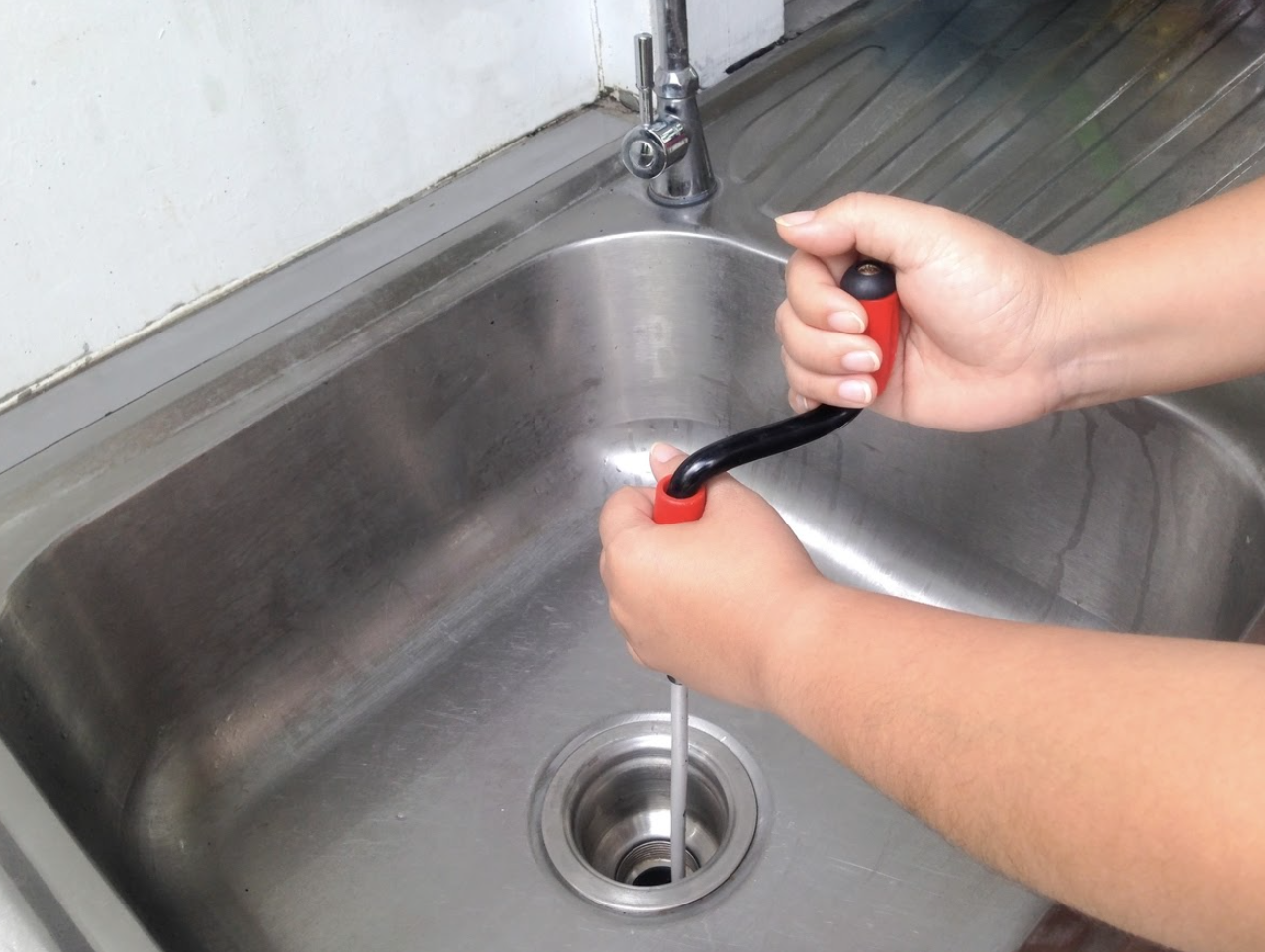

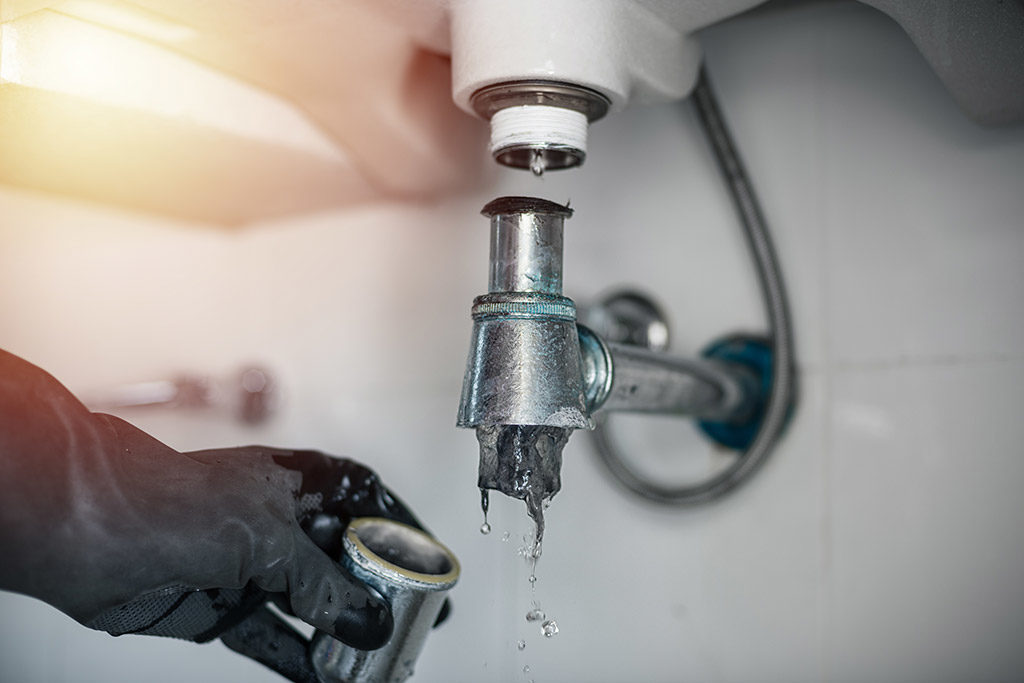
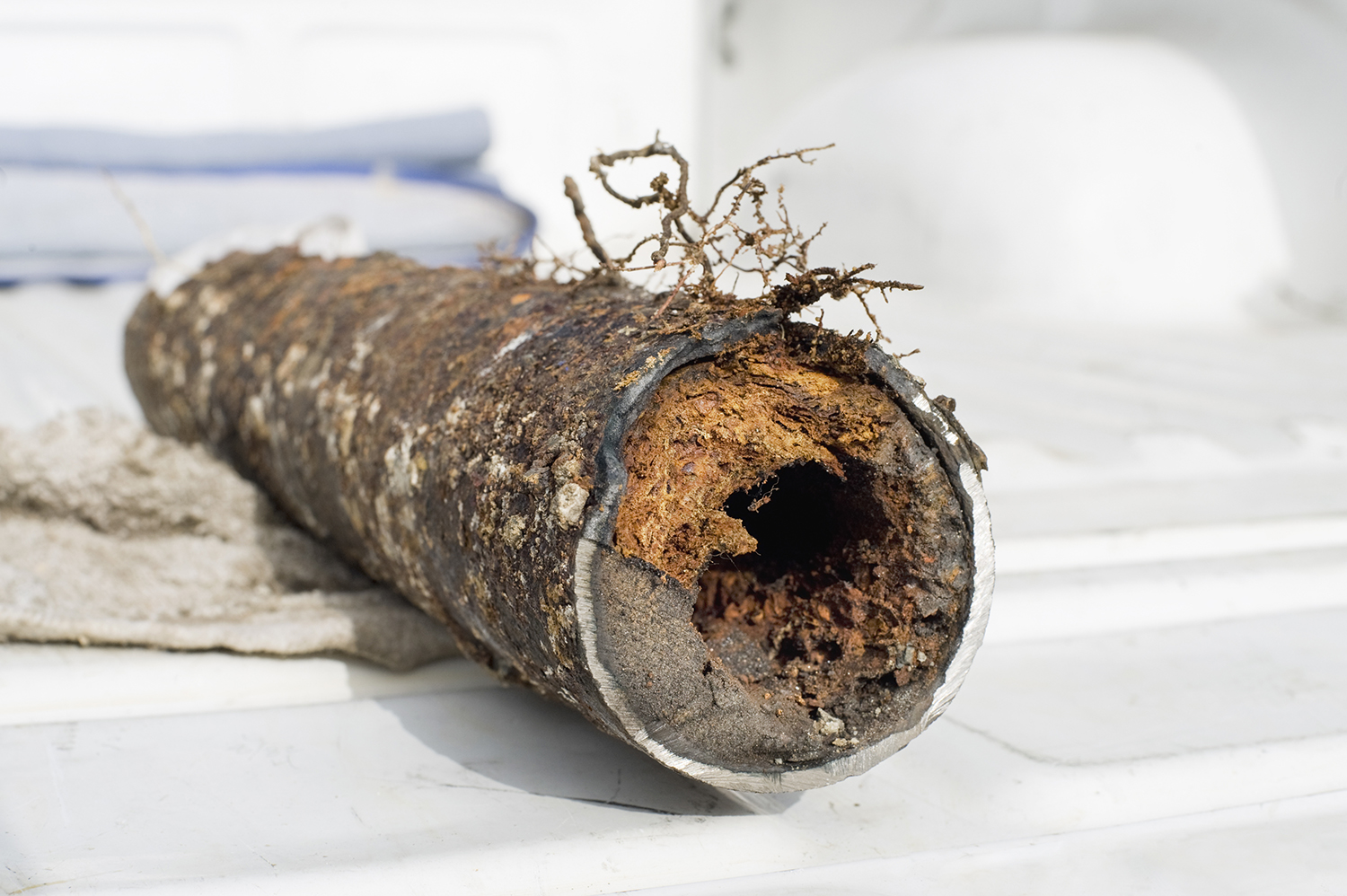
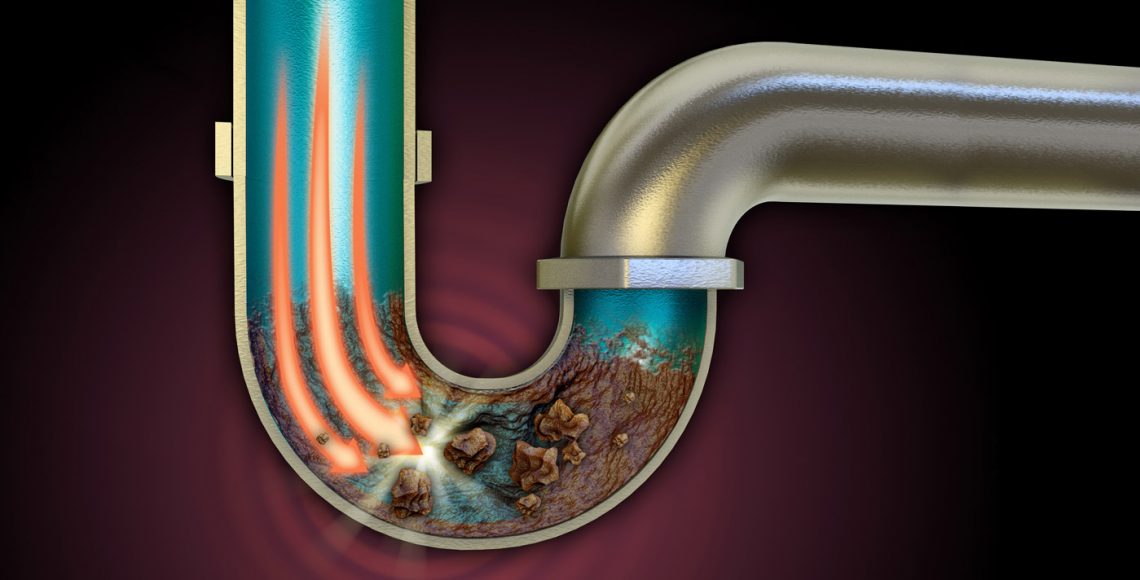
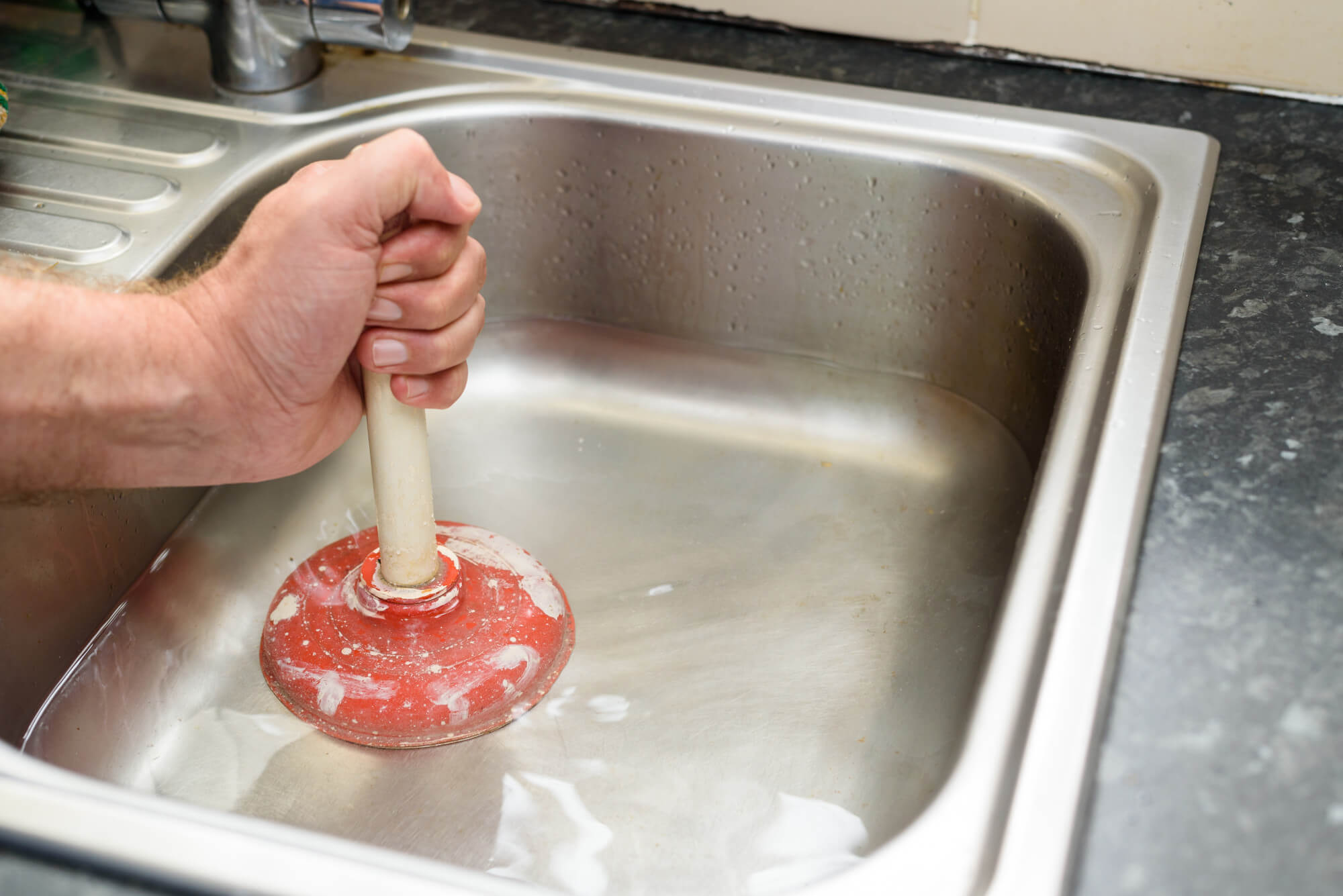








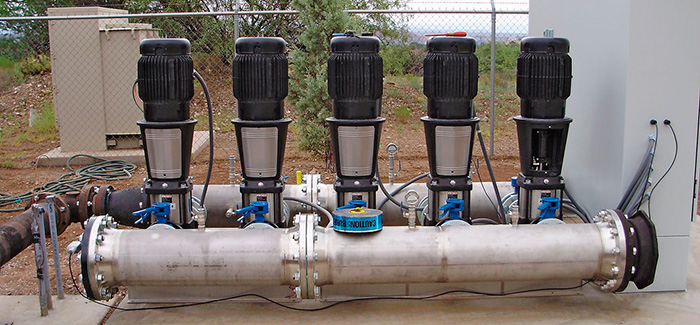




-844-p.jpg?v=ede30092-5775-434a-b8ca-07306b3bbe53)






